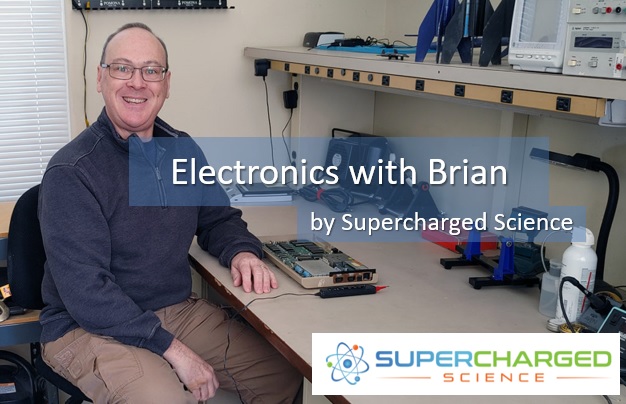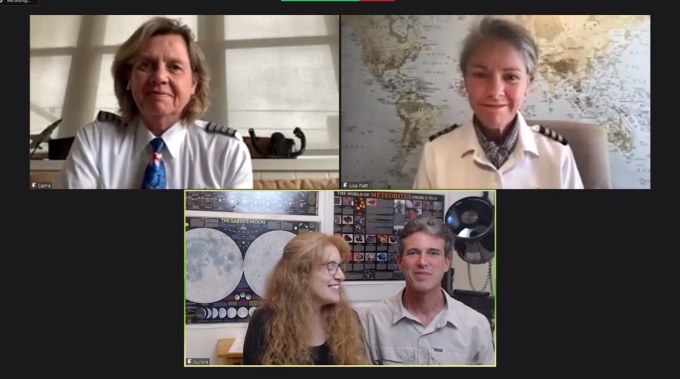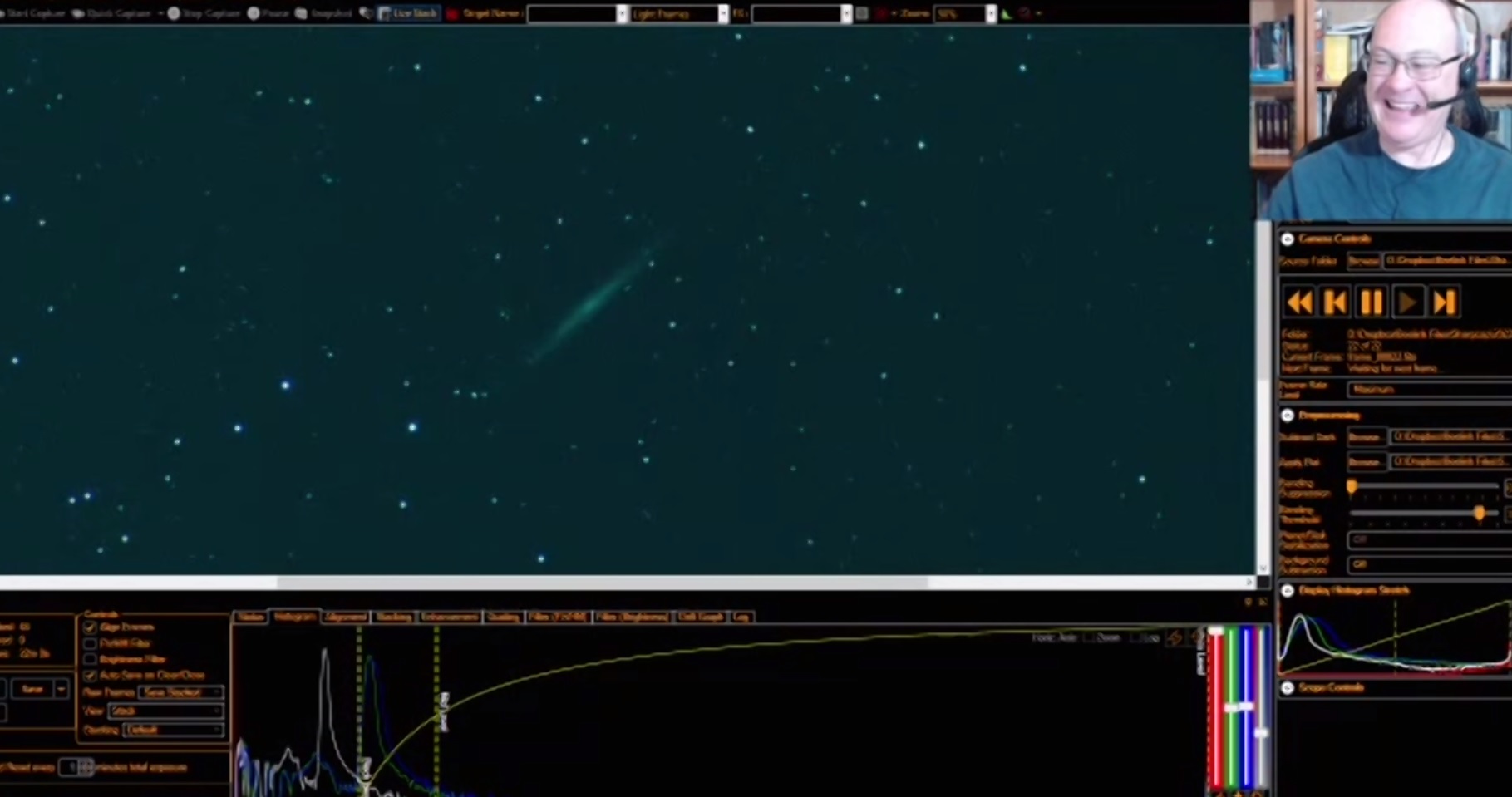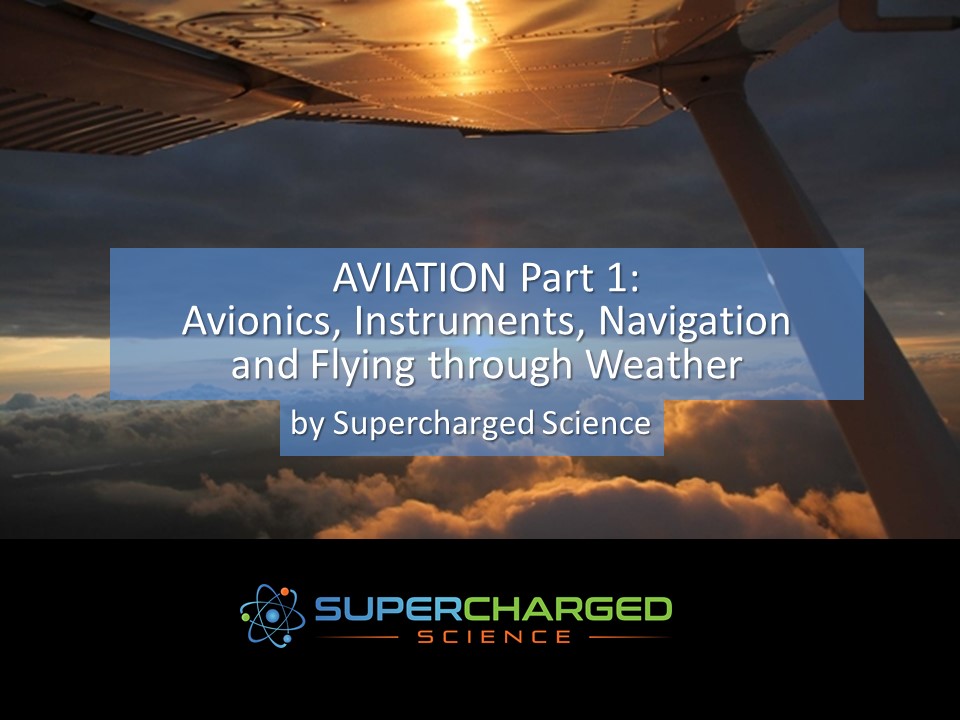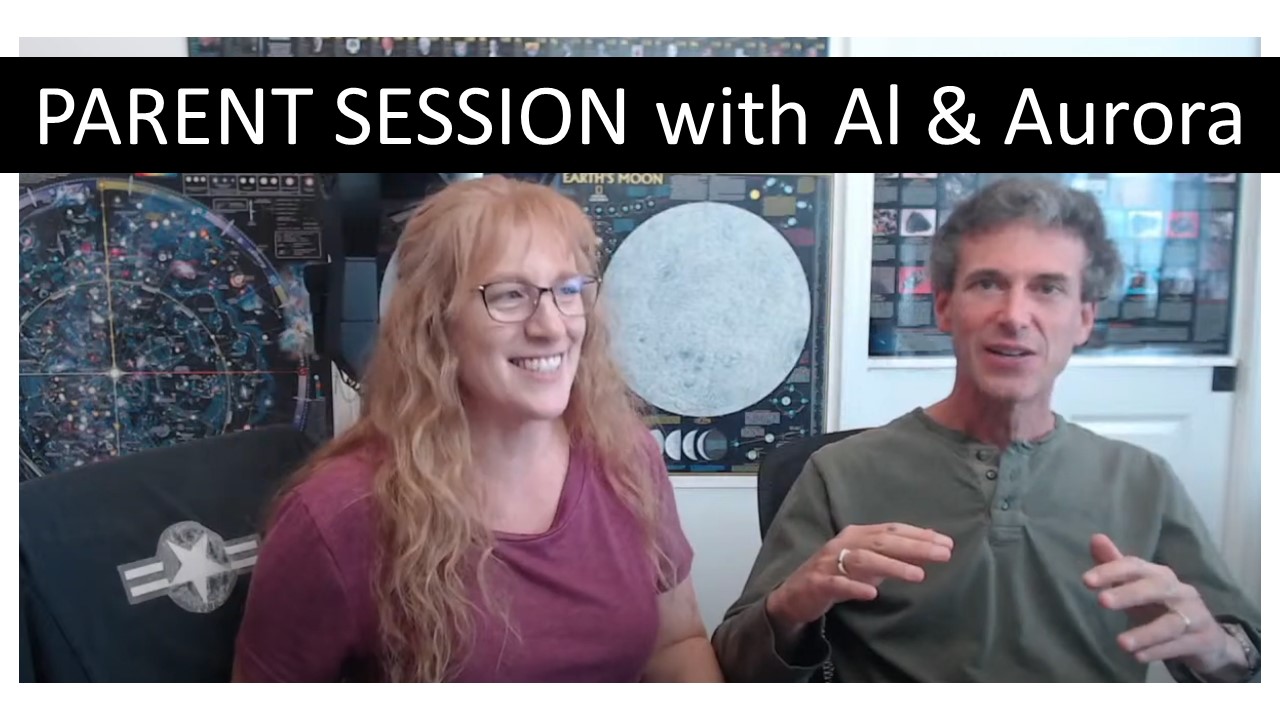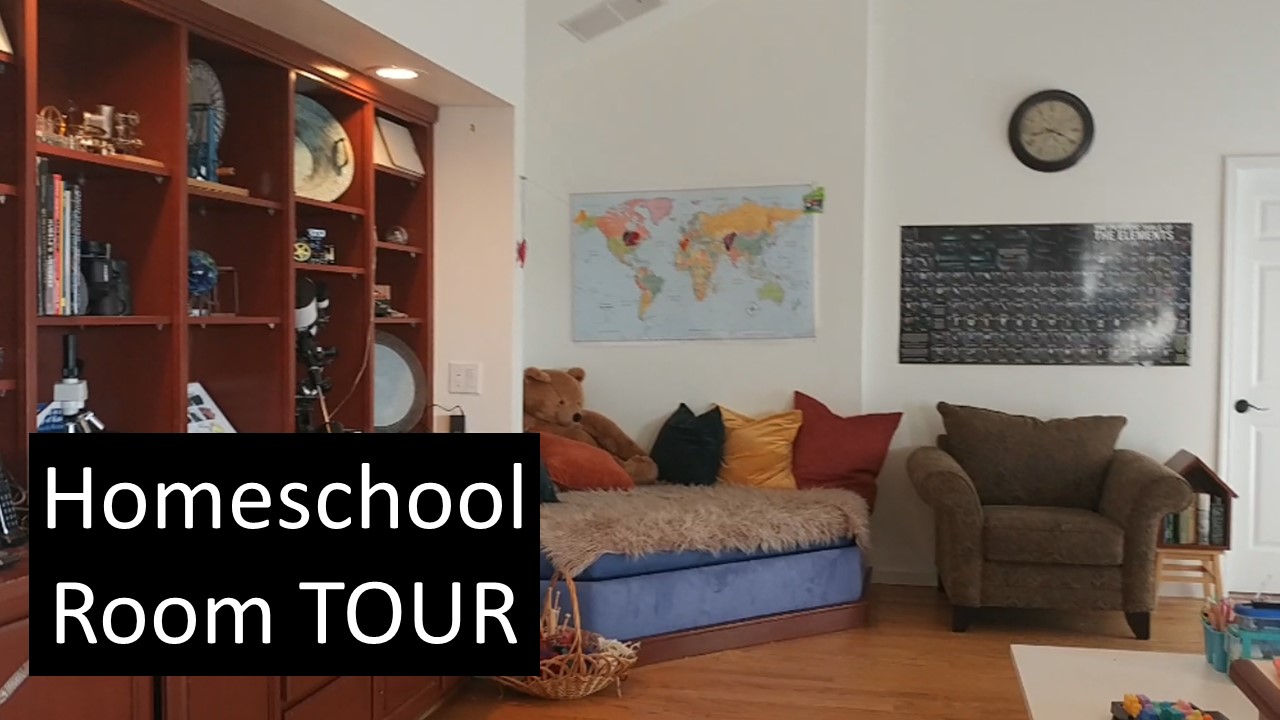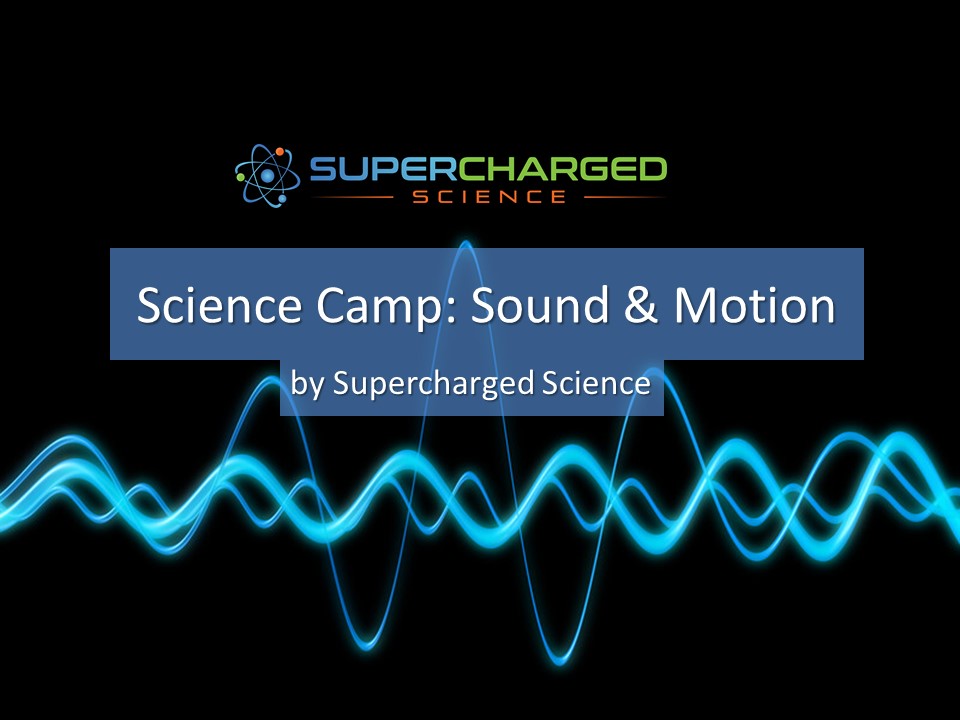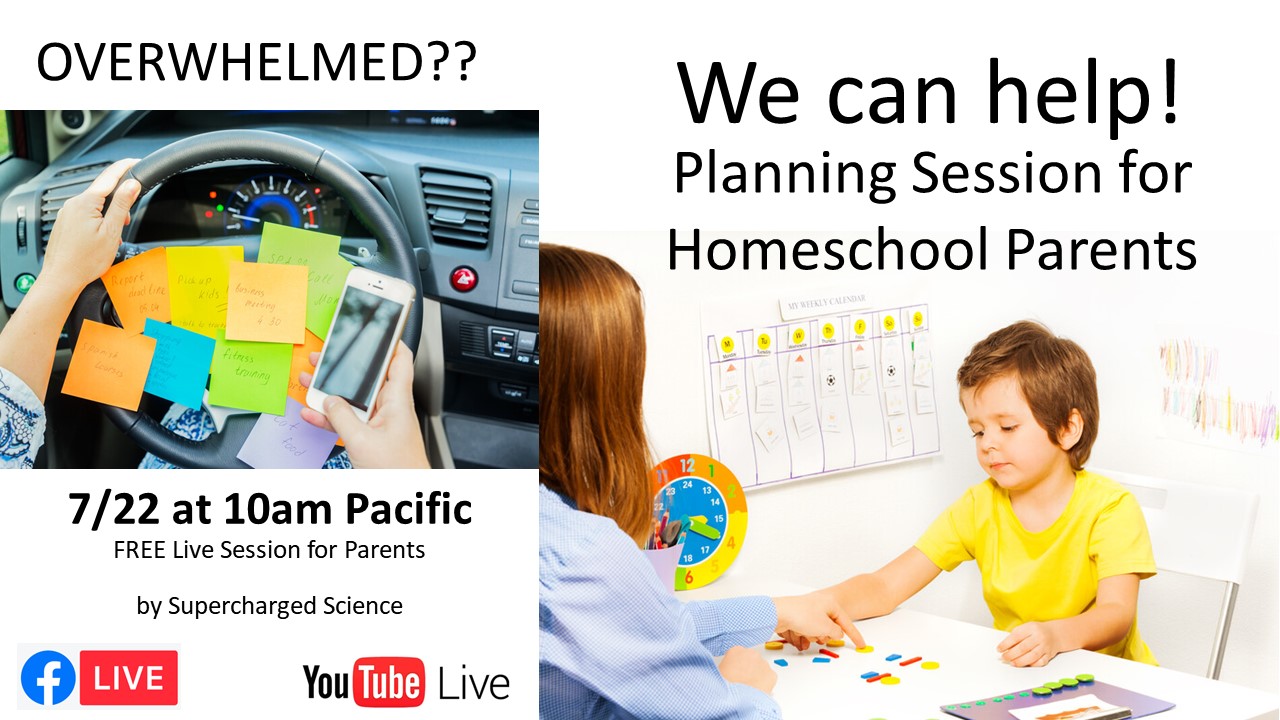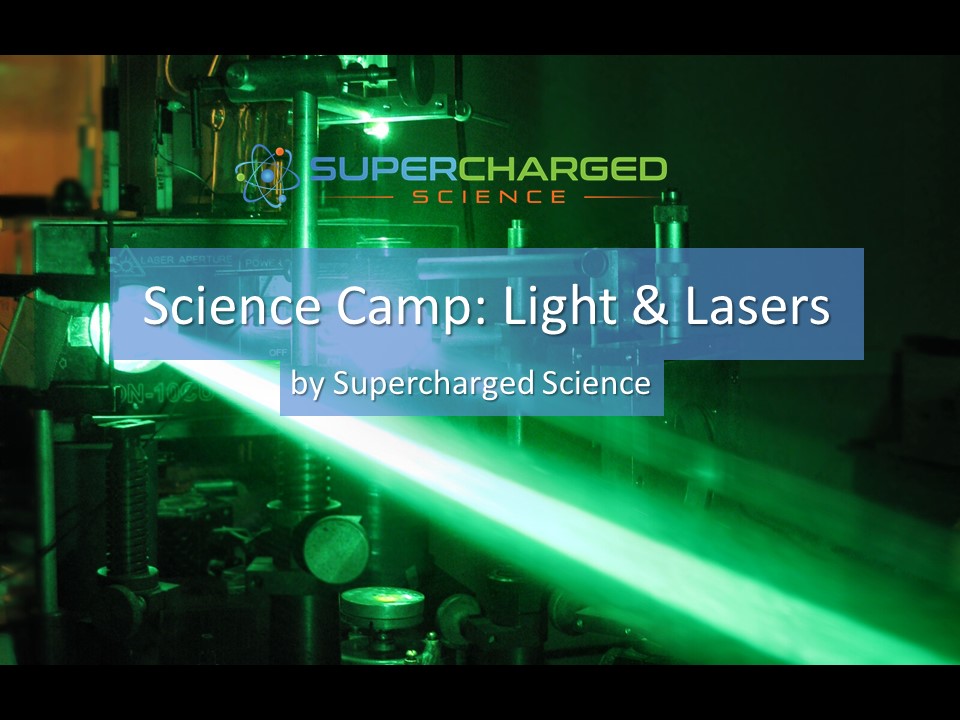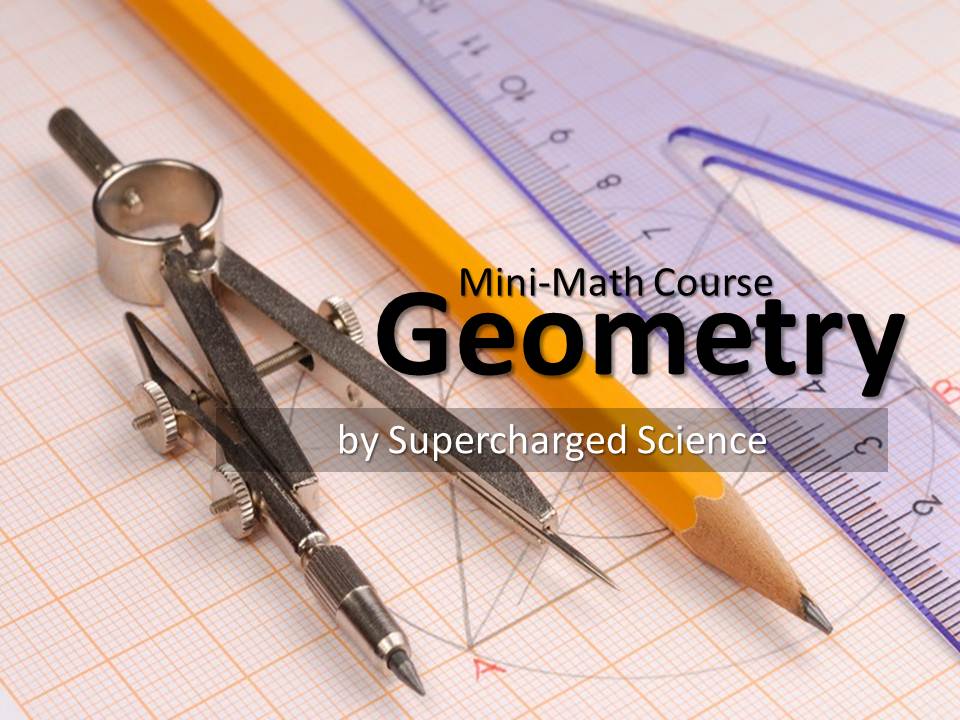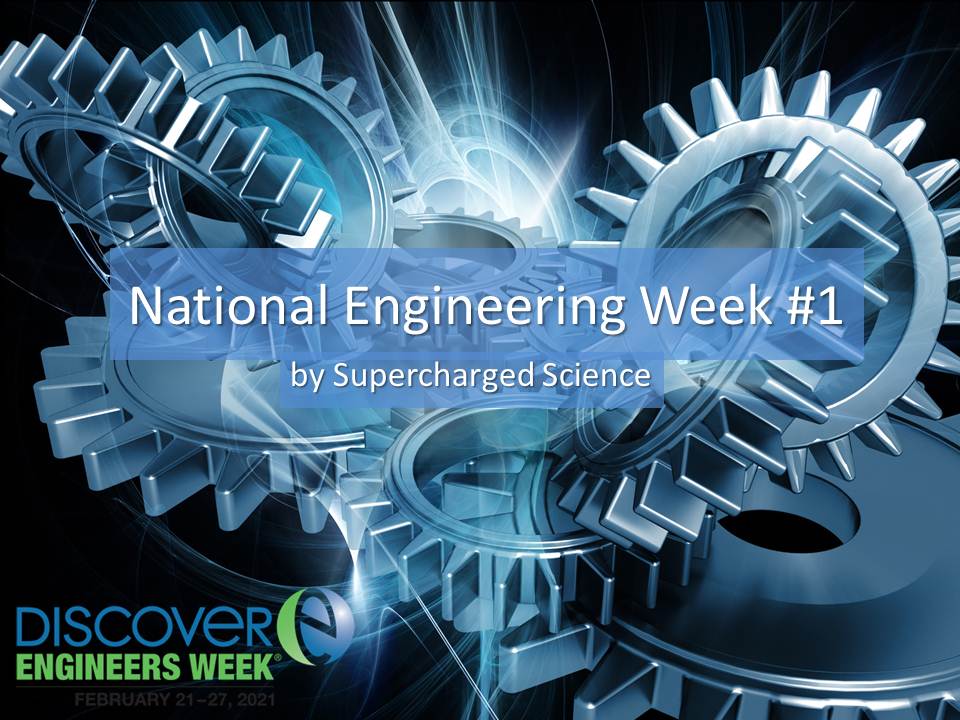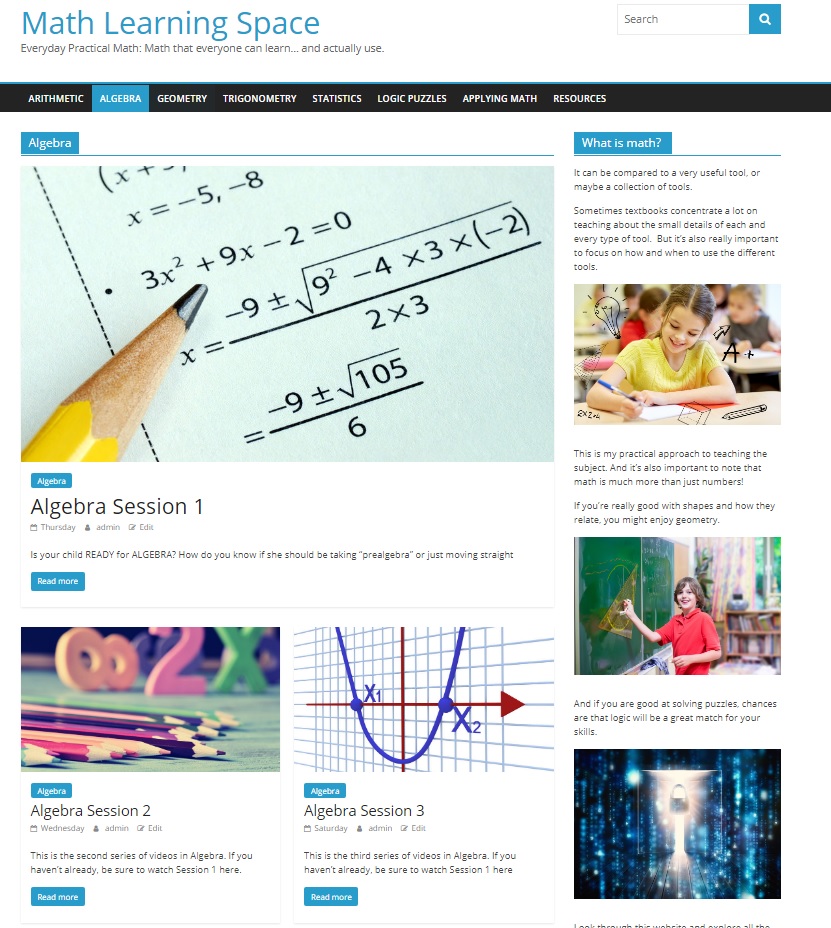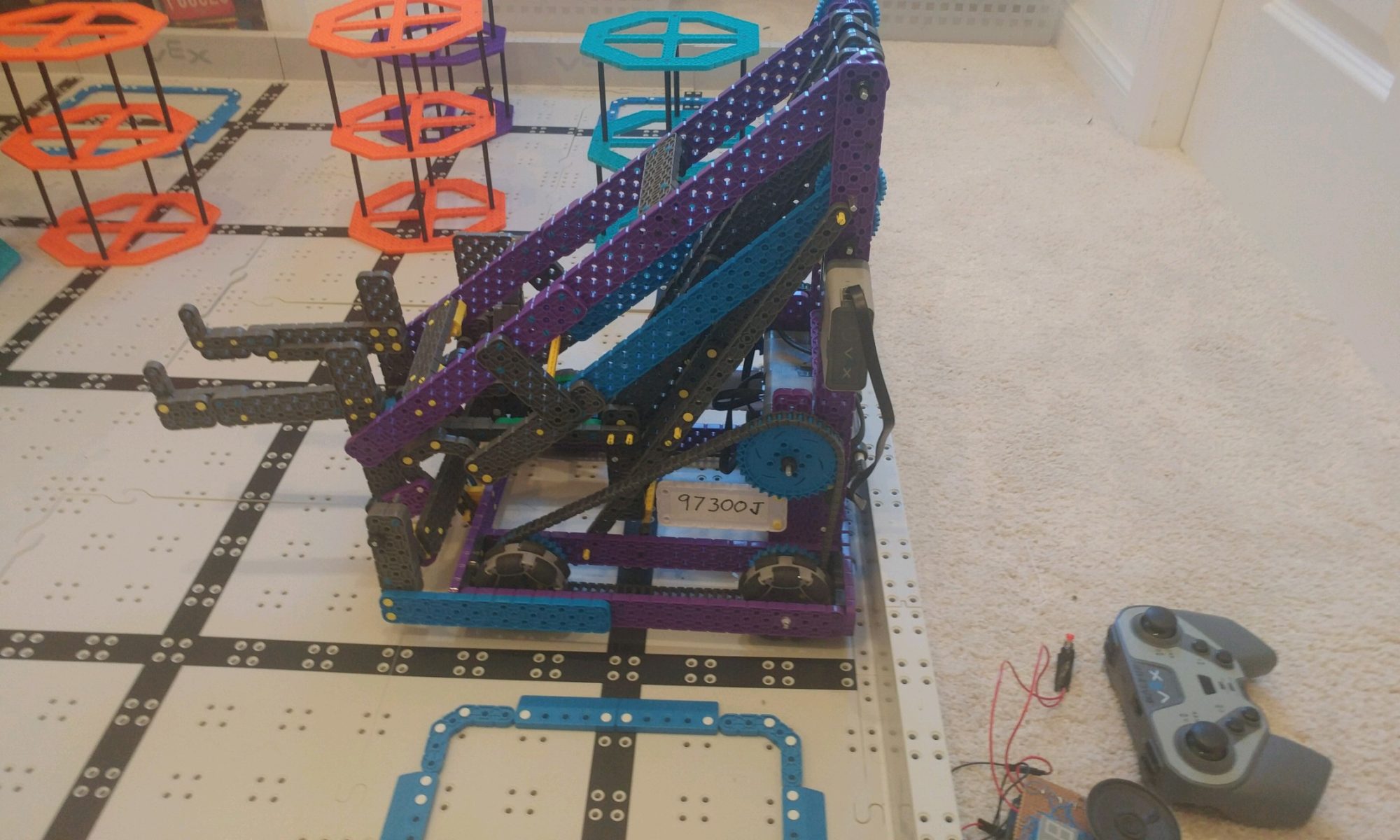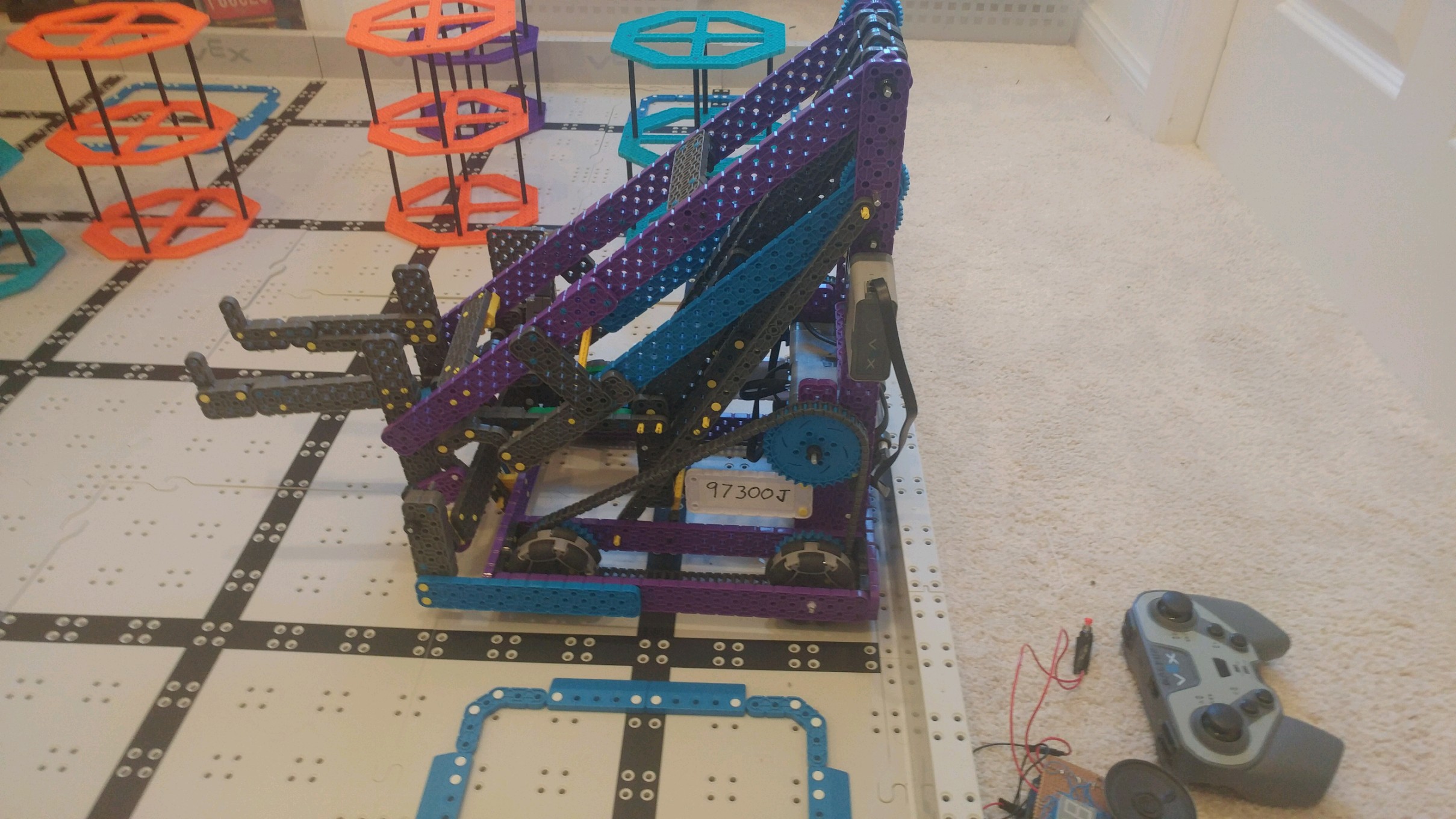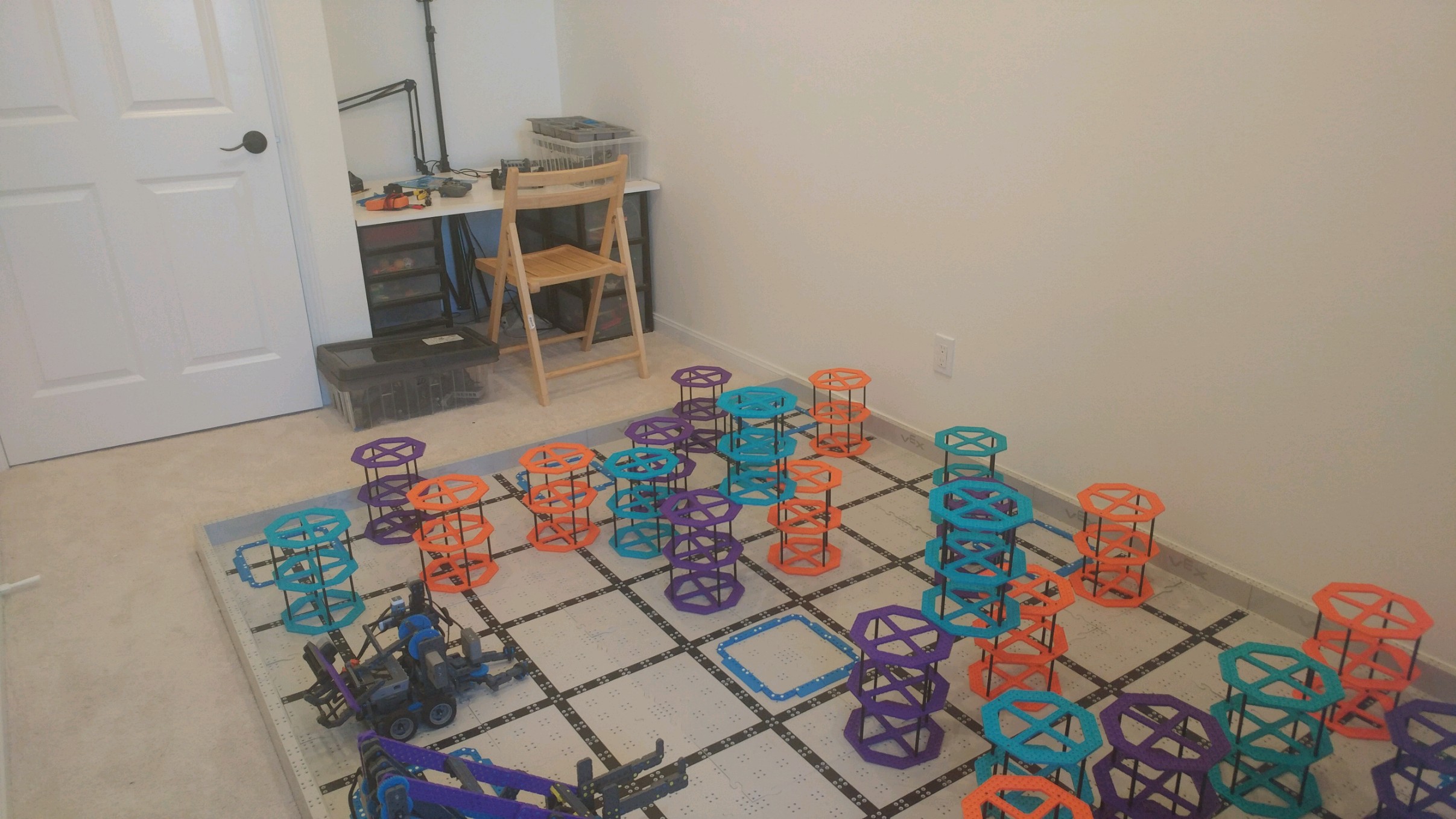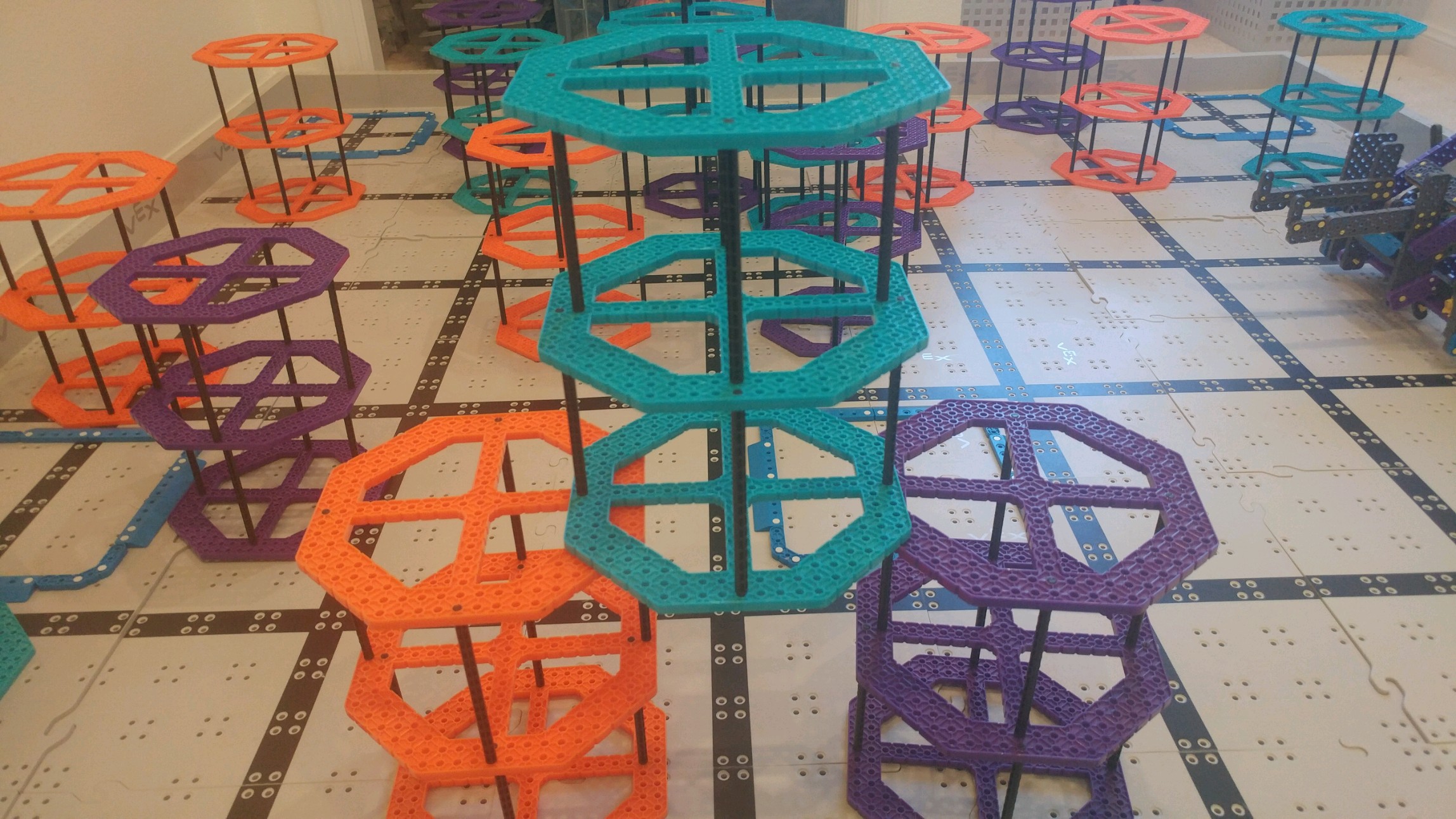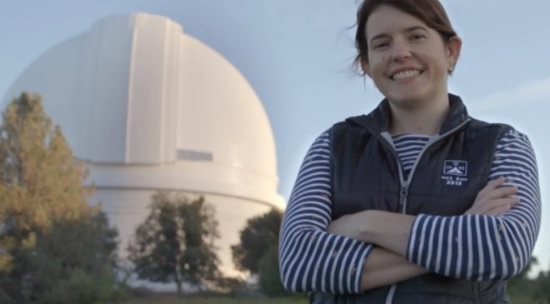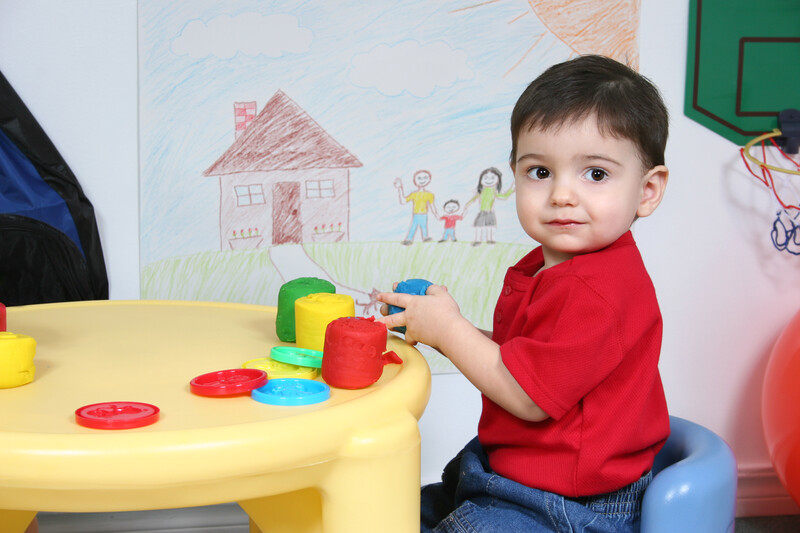I’ve gotten a flood of emails from desperate parents begging me for great science gift ideas for their budding young scientists. My first thought was: “Aurora in a Box!” (I mean, wouldn’t that be cool to have me pop out of a box and play with your kids all day?). I’ll have to work on that, since I know that I don’t really fit inside most boxes…
In the meantime, I decided that the best way to help out is to give you a sneak peek at the gifts I’ve shared with my own kids. I have put together a list of my favorite gifts for kids that are not only educational, but worth their weight in learning and fun! And these are not something that easily wind up on a shelf or in the dumpster.
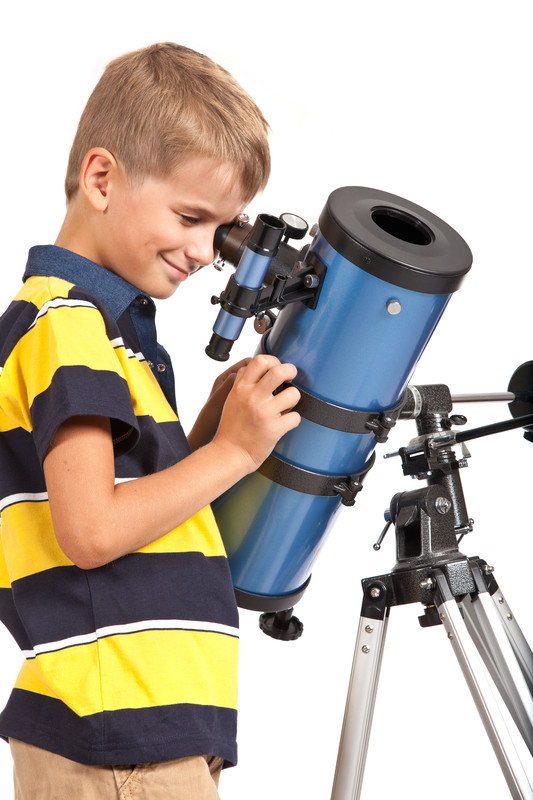
That said, I also wrote up a list of the gifts that are a total waste of money. Trust me – you’ll be glad you avoided the most common pitfalls eager parents fall into when trying to find the ‘perfect present’ for their child. You know these ones – the kind of gifts that makes kids sigh, frustrate them, or find themselves stuck on the top shelf to gather dust. You can read about these and why they made it to this list.
Okay, so are you ready to learn how to give your child an incredible gift they’ll keep using long after the holidays are over? Here are my ideas:
Scientific Instruments
Telescope Wow – nothing says holiday gift more than a scientific instrument to look at the stars. The trouble is, most people are so excited about the instrument that they forget they still don’t know how to use it. A telescope is pretty useless unless you know where to point it, and most telescopes given during this season are better suited for the garbage than star gazing.
My best recommendation? Settle for a quality pair of binoculars and a star gazing guide book (Exploring the Night Sky and Summer Star Gazing both by Terence Dickinson) to go with it so your kids can work up to the big stuff. You can get any nice pair that fits into your budget, but if you really want a recommendation that doesn’t have the brand-name price tag with it, For kids, Celestron’s Cometryon 7x50s are amazing for under $40.

For adults, Orion’s 10×50 UltraViews are outstanding. I personally own a set of these, and I’ve also added an L-adapter and camera tripod for longer viewing sessions. Expect to pay at least $140 for a pair of binocs worth keeping. Any cheaper than that, and you’ll quickly get discouraged and toss them in the Goodwill box faster than you think. You can mount these on any standard camera tripod, but I’m really excited about my new Paragon tripod that I’ve just started using. The tripod is able to keep the binoculars centered on an object no matter what height you raise or lower the binoculars to (which is really useful when you’ve got a long line of people of all different heights waiting to look through them.)
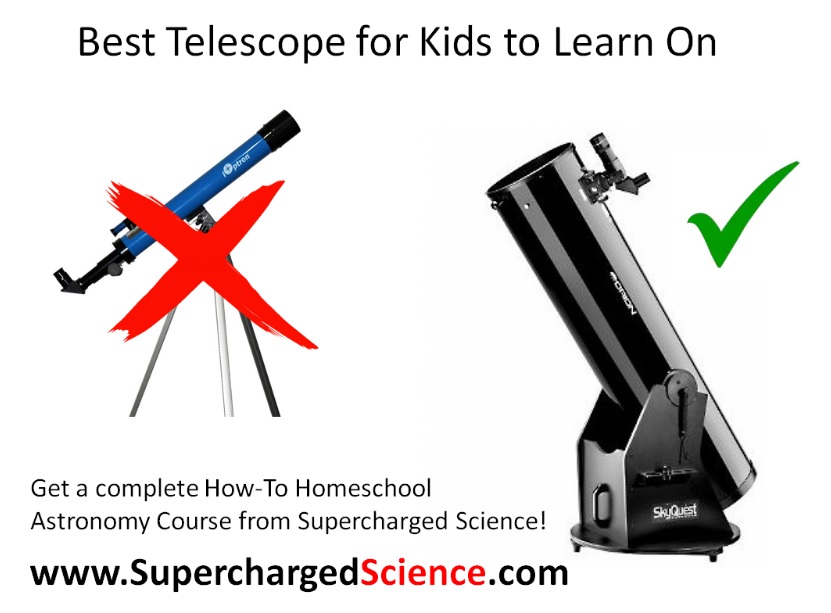
If you’ve already mastered the basics and really are ready for your own telescope, don’t bother with one of those telescopes like the kind shown in the picture here – a skinny tube mounted on a rickety tripod. The eyepiece can be way too high for kids, and they usually knock the whole thing over. So I recommend checking out the 6″ or 8″ Dobsonian and encourage you not to be fooled by the fact it doesn’t look like a traditional telescope, because it’s larger and has a lower mount. This one is going to show you a lot more detail of the sky, and is nearly impossible to knock over and damage. If you’re new to the starfield, you’ll want one with “Go To” capability for the Dobsonian. Don’t even think about owning a telescope without getting padded carrying case to protect it from dust and dings. Be sure your telescope has a laser finder also!

This is the most important part of the telescope – the eyepieces! You’ll also need to get decent eyepieces. The ones that are included with the telescope you can replace with these incredibly widefield eyepieces. Pick one between 8-13mm, 17-21mm, and a 21-24mm. Expect to spend at least $200 for an entry-level scope, or up to $1,000 for all the stuff I’ve listed here. Anything less than $200 (OR anything from Costco, Walmart, Kmart, or other similar stores) is just plain junk and not worth your time, unless you’re looking for a good dust collector.
For telescopes under $100, you have two options: First Scope by Celestron, and the Galileoscope. They are both small, compact, and use plastic mirrors and lenses, but it does give you the same images Galileo himself saw 400 years ago. These are the only two I’ve found that are even worth the money. Don’t forget to arm your kids with a moon map so they use their new scope easily!

If you still are thinking about getting a cheap scope, here’s the bottom line: I hear about MORE kids and parents than you’ll ever want to know that have gotten so excited about a new telescope, only to get frustrated and disgruntled, and eventually not only trashing the telescope but also their whole interest in astronomy. Getting a cheap telescope is the fastest way to kill your child’s passion for astronomy. This goes for microscopes and binoculars, too. You’ll find when you invest up front, the rewards just keep coming and coming for years beyond what you ever expected.
Microscopes This is another popular gift item. There are many good scopes out there for kids, AmScope are the ones I’ve used in my classes with kids and have worked out the best over the years. You can look at their best microscopes here.

Whichever you choose, make sure it’s set up with a 10mm for the eyepiece and a 4X, 10X, and 40X at the objective, and also has a mechanical stage, and a mirror if you’re planning to use it int he field outdoors (otherwise, choose a corded model with LED lighting). Also add a box of microscope slides, tools like tweezers and vials, coverslips, and a basic staining kit and you’ll be set!
Favorite Science Books
Check these out at your local library to see if you think your child will like them.

Science Games and Puzzles
- Space-opoly (My kids love my version of the classic Monopoly) This is FREE for you to download.
- Chemistry Period Table Board Game by Ellen McHenry This is FREE for you to download.
- Periodic Quest This game won numerous awards and is a recent release. It’s complicated enough for your 12 year old.
- Chemistry Card Game by Ellen McHenry This is FREE for you to download.
- Elementeo developed by a very talented school-age student which teaches kids the characteristics of the periodic table of the elements using a game structure similar to Magic card game.
- Robo Rally This game is a regular in our house, especially since we’ve started making our own board elements.
- The Way Things Work Board Game is fun and creative, and we’ve added our own elements to it as well!
- Power Grid Board Game is a regular, and it’s fun to see kids and adults alike struggle to balance limited resources, profitability, and power issues at once.
- Go Venture is the only entrepreneur board game I’ve ever found. It’s made by a company that makes business simulations for grown ups!
- Black Hole Game Written and created especially by scientists! This is FREE for you to download.
- Constellation Board Game Plays northern hemisphere on one side and southern on the other!
- Equate the Math version of Scrabble, which is great for kids that are getting the hang of arithmetic
- Mathematician Dice for your college math student with more “math geek” fun toys here!
- Chess find a 34-piece set (with four queens) and a vinyl mat
- Iron Puzzles – these are a favorite in our home! You can’t break them, and the first two levels are easy enough to frustrate adults.
- Perplexus is one of four different maze balls that my kids keep in the car.
- Create-A-Story Board Game – since my kids love to write, this is a natural hit for us.
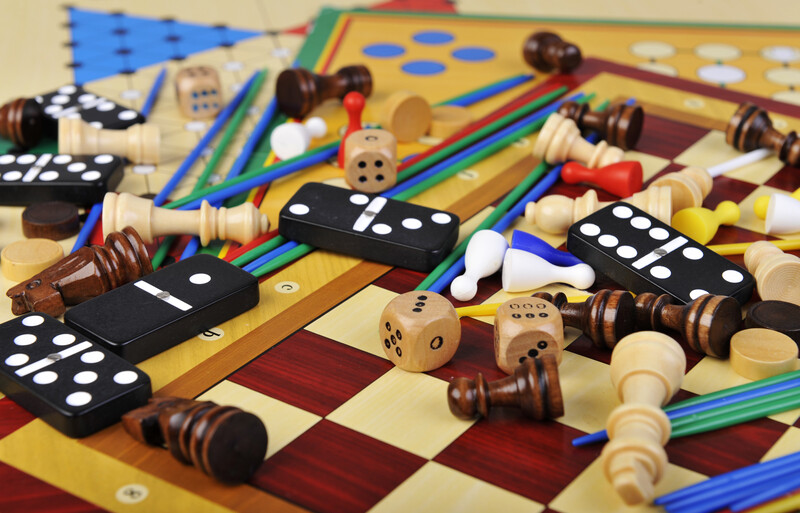
Cheap and Inexpensive Science Gift Ideas
If you feel that you getting each of your kids their own telescope is not in your budget (and I totally understand this), here’s some great news! This list below is a set of ideas that range from FREE to under $100. While I still think it’s important to start a pickle-jar savings account for those higher-priced items, here are a few ideas to get you started when you need to be on a shoestring.
Worst Science Gifts
Trust me – you’ll be glad you avoided the most common pitfalls eager parents fall into when trying to find the ‘perfect present’ for their child. You know these ones – the kind of gifts that makes kids sigh, frustrate them, or find themselves stuck on the top shelf to gather dust. You can read about these and why they made it to this list right here.
- Cheap telescope, microscope, or binoculars from places like Costco, Target, or other major department-type of stores. Any telescope that says the power rating on the box should be avoided like moldy spam. Telescopes aren’t about power magnification – they are about light collecting ability, which is measured in mirror (or lens) diameter. Microscopes should be durable and not plastic, and binoculars should have real lenses in them. Read the section above about which one is the right one for you.
- Science kits in a box These can be hit or miss. Some science kits are great – I love the ones from Radio Shack and Thames & Kosmos. The biggest problem with these is that most of them are cheap knock-offs made of little plastic pieces that if they break, you have to scrap the whole thing. The other problem is that they are expensive, and that they only make one specific project, which doesn’t leave any room for creativity, imagination or innovation… which is what science and engineering is based on.
- Science books I am a total reading buff, so saying that books are on the worst list makes me cringe! But I have to admit, there are so many bad science books out there that I have to put at least a yellow caution sign about which ones to pick. Keep an eye out for stale and dry, flat boring, or just plain wrong books out there with flashy pictures and little to no science in them at all. See above for my recommendations for books and magazines.
- Science toys that are experiments already done for you These are actually quite the rage right now, which is not surprising given the “gotta have it now” mentality that surrounds us everywhere. These are toys that were once great science projects or experiments, but have been mass produced so you can just buy the end result, like airzookas, hex bugs, and stomp rockets. It takes something away from the magic if you can just “buy it” right without building it yourself. Kids only play with these items for a very short period of time, and since they didn’t build it themselves, there’s no reason for them to really appreciate it or play with it long term. Some of these can be fun to play around with and get inspired from, just leave them in the store when you’re done.

This may be obvious, but…
Get a box full of all the materials needed for the e-Science project your kids have been hounding you about the most. Whether it’s the Laser Light Show, the underwater R.O.V. robot, the Trebuchet, the Laser Door Alarm, the Crystal Radio, the Space-Age Laser Communicator, or a special Robot they have in mind… you’ll be sure to make their day with the homemade inventor’s dream gift. Don’t forget to take pictures as they build!
There you have it – ideas and projects to set your mind spinning and get you moving in science. Let us know how it goes! And if you have more ideas of your own, please share them in the comment box below!
 Here are fun activities you can do with your friends and family to learn more about earth, science, and the amazing home we live in:
Here are fun activities you can do with your friends and family to learn more about earth, science, and the amazing home we live in:






